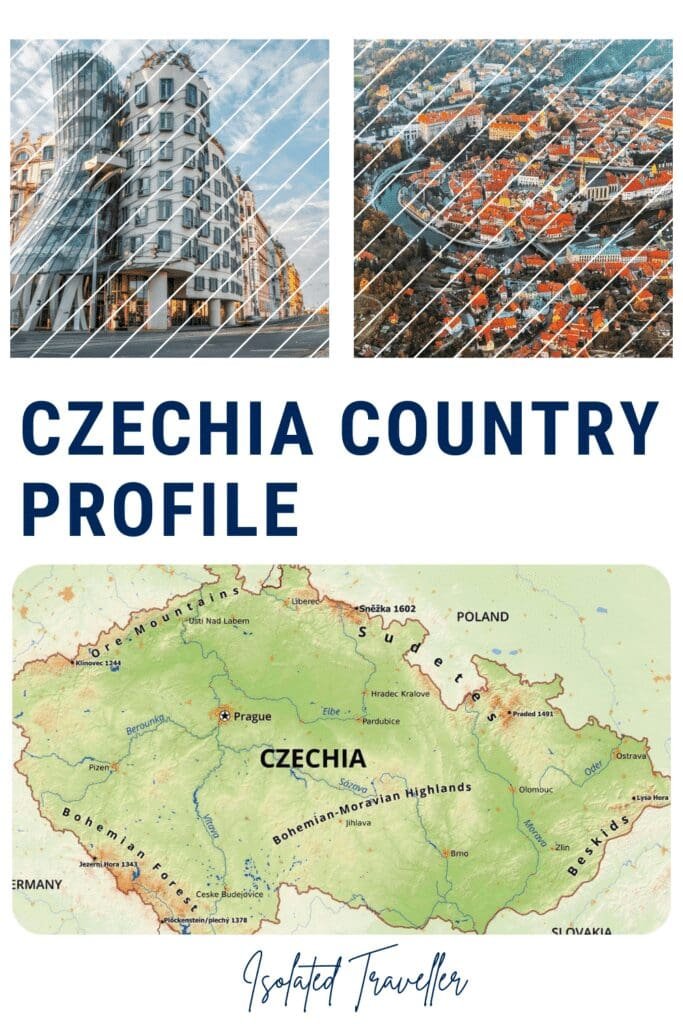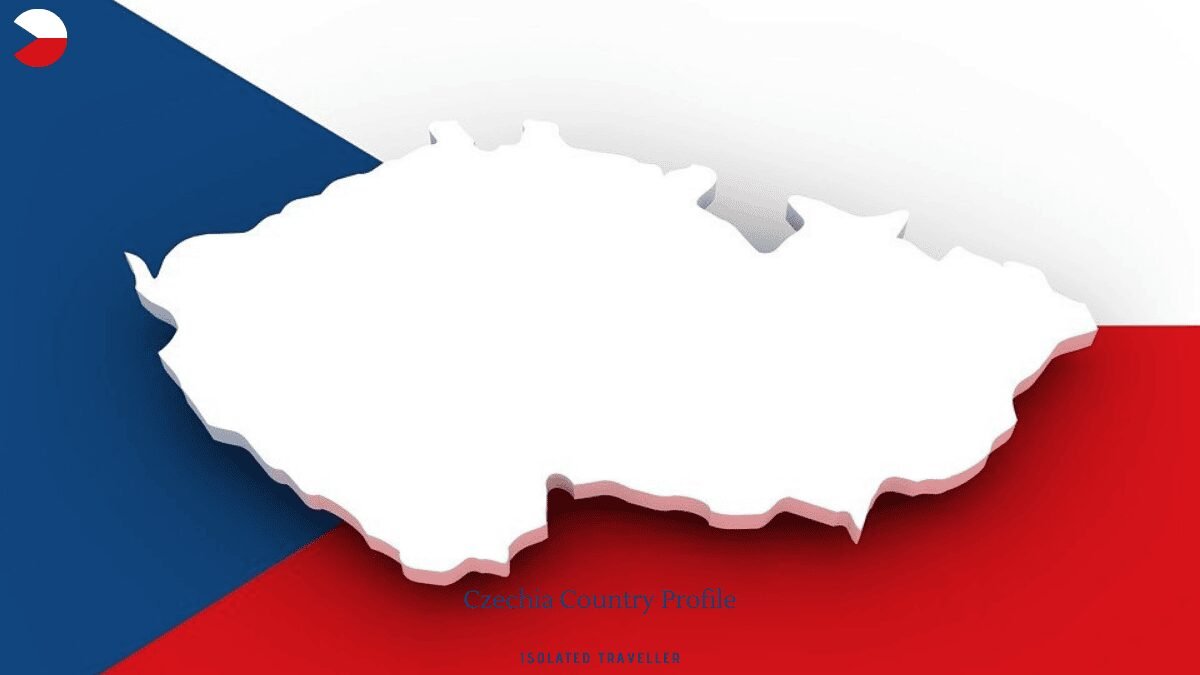The Czech Republic is a landlocked country in Central Europe. The Czech Republic has a hilly landscape that covers an area of 78,871 square kilometres with a mostly temperate continental and oceanic climate.
The country has been traditionally divided into three lands: Bohemia in the west, Moravia in the east, and Czech Silesia in the northeast.
The Czech Republic has a developed, high-income and export-oriented social market economy based on services, manufacturing and innovation, that maintains a welfare state and the European social model.
The Czech Republic participates in the European Single Market as a member of the European Union and is, therefore, a part of the economy of the European Union.
Czechia Stats and Facts
| Overview of Czechia | |
| Gross domestic product | 281.8 billion USD (2021) |
| Population | 10,708,981 |
| Area | 78,870 km² |
| Capital | Prague |
| median age | 43.2 years |
Czechia Brief History
| 400 BC | A Celtic people called the Boii live in what is now the Czech Republic |
| 950 | Bohemia becomes part of the Holy Roman Empire |
| 1918 | Czechoslovakia becomes an independent nation |
| 1939 | Germany occupies the rest of the Czech lands |
| 1948 | The Communists stage a coup in Czechoslovakia |
| 1989 | Communism collapses in Czechoslovakia |
| 1993 | Czechs and Slovaks separated, as part of the Velvet Divorce, and two nations are formed the Czech Republic and Slovakia. |
| 2004 | Czechia join the European Union |
Articles
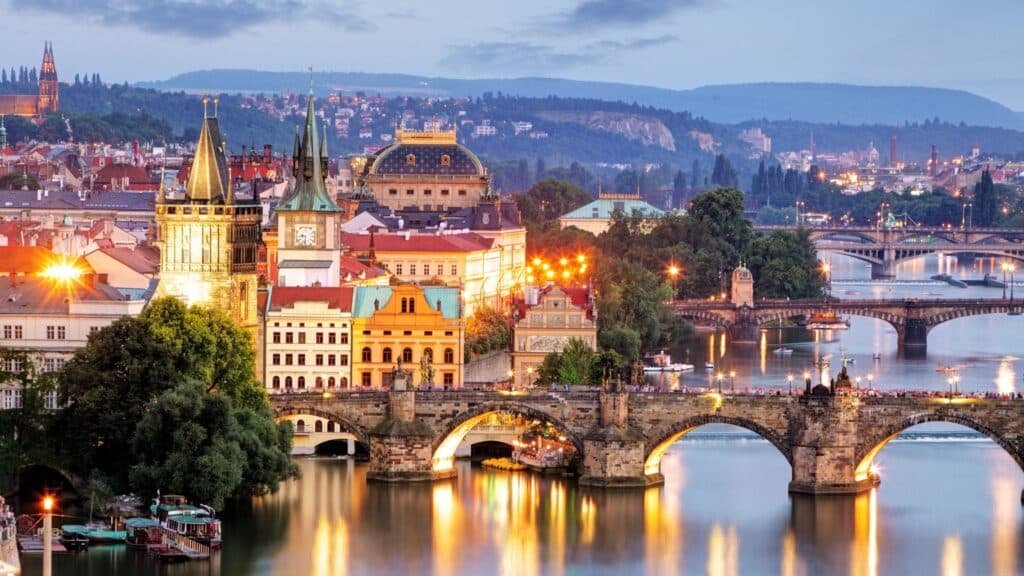
Learn More About Czechia
The Czech Republic is a landlocked country located in Central Europe. Czechia is a parliamentary democracy with a president as its head of state and a prime minister as its head of government.
Czechia Passport
The Czech passport is an international travel document issued to nationals of the Czech Republic, and may also serve as proof of Czech citizenship. Expiration:
- 5 years after issuance for individuals up to the age of 14.
- 10 years for citizens aged 15 and above.
The Czech passport currently ranks in 9th place according to the Guide Passport Ranking Index.

Neighbouring Countries
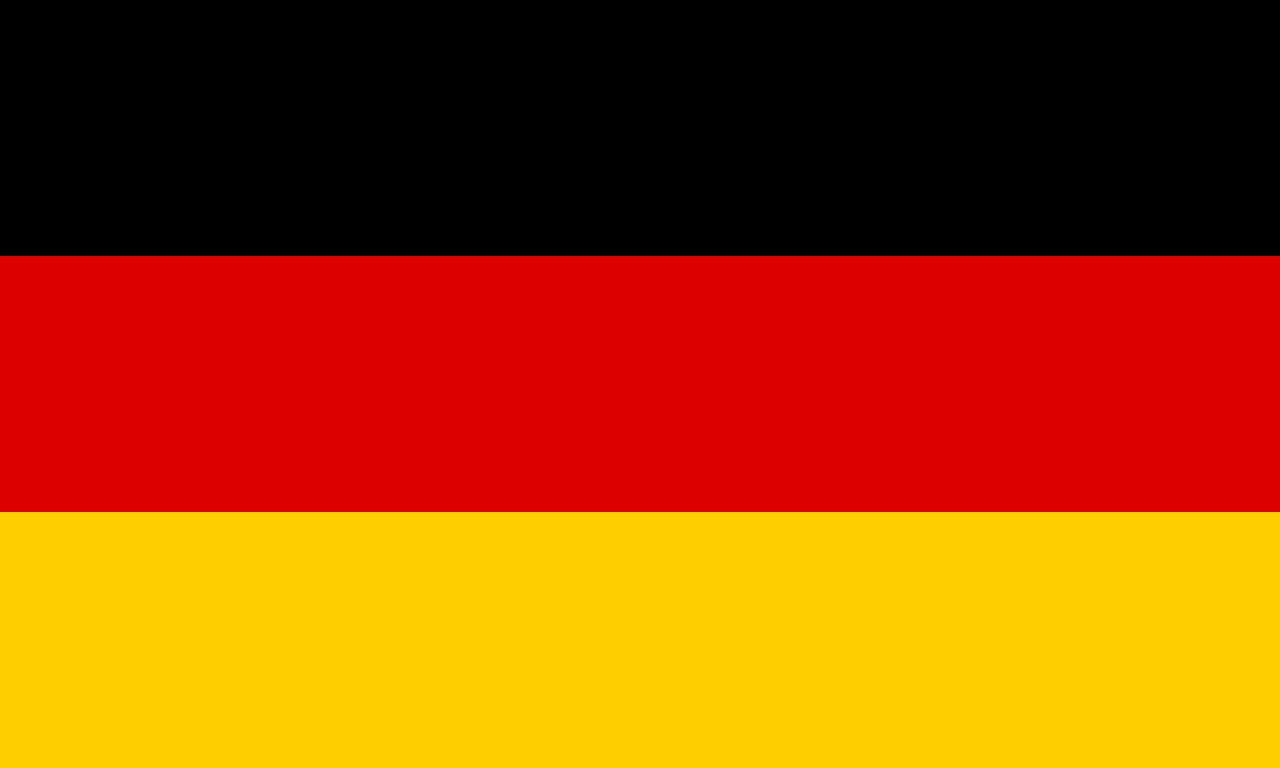 | 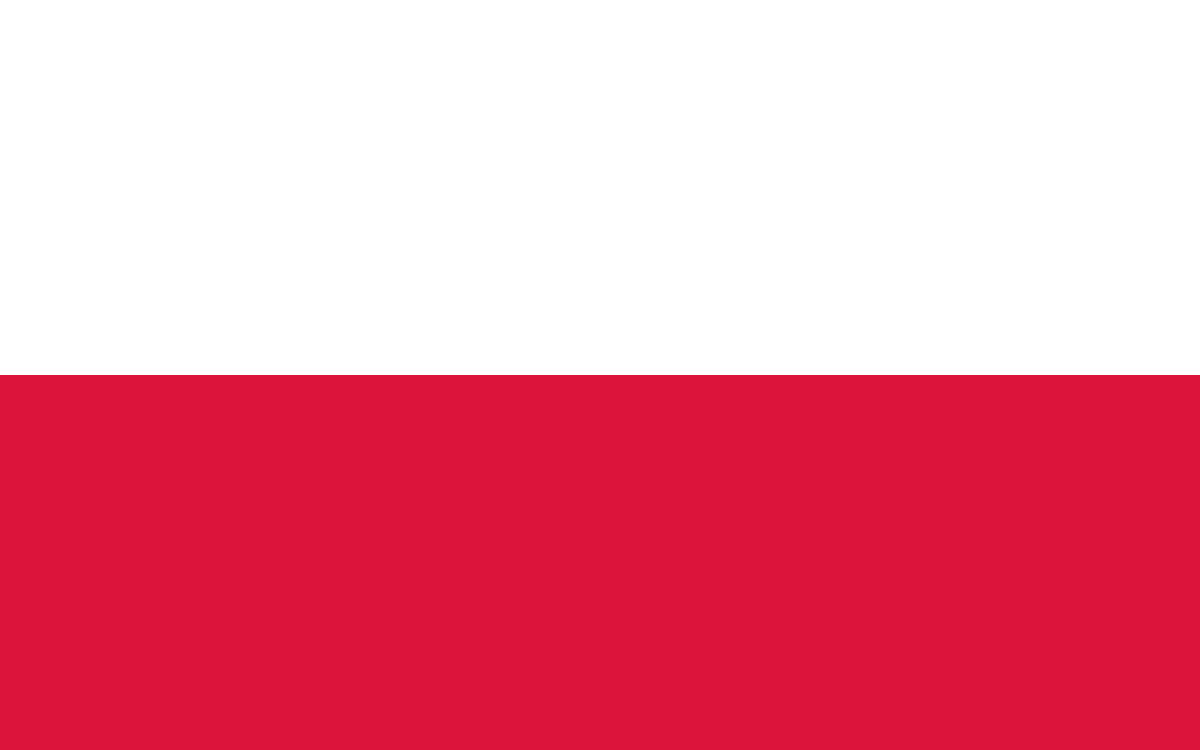 |
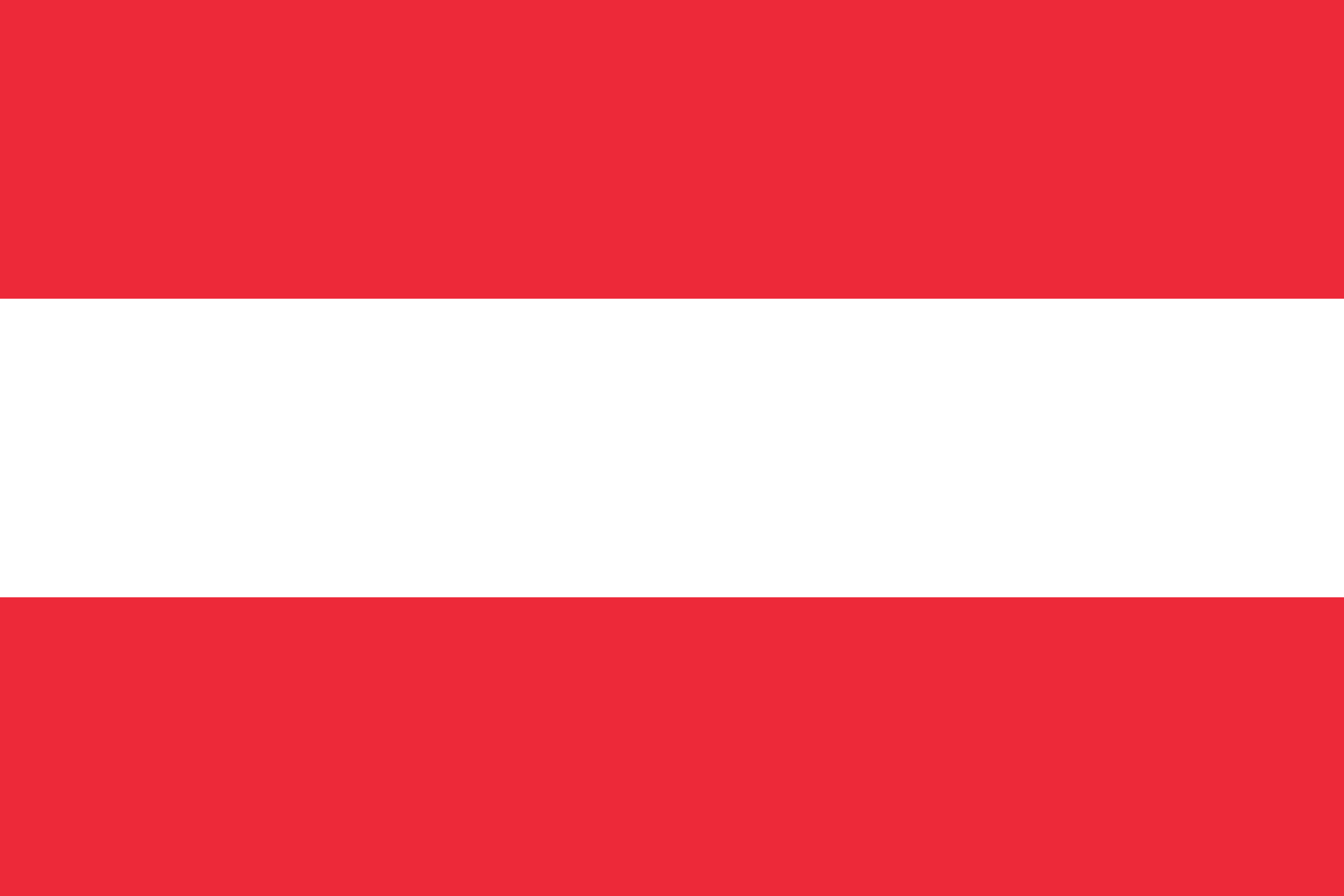 |  |
